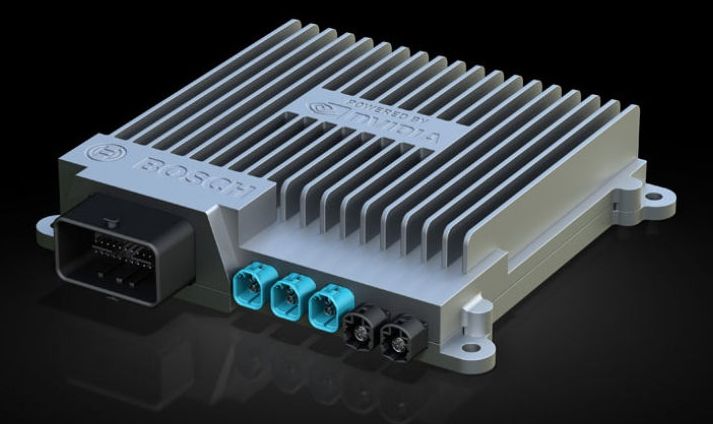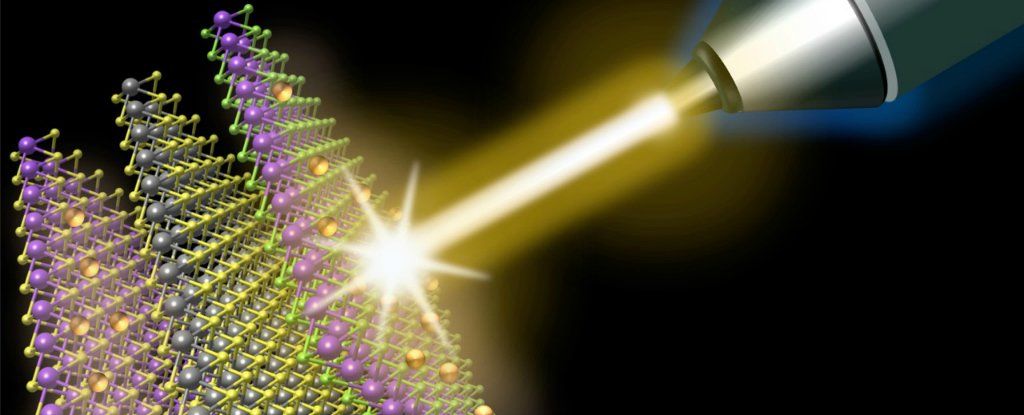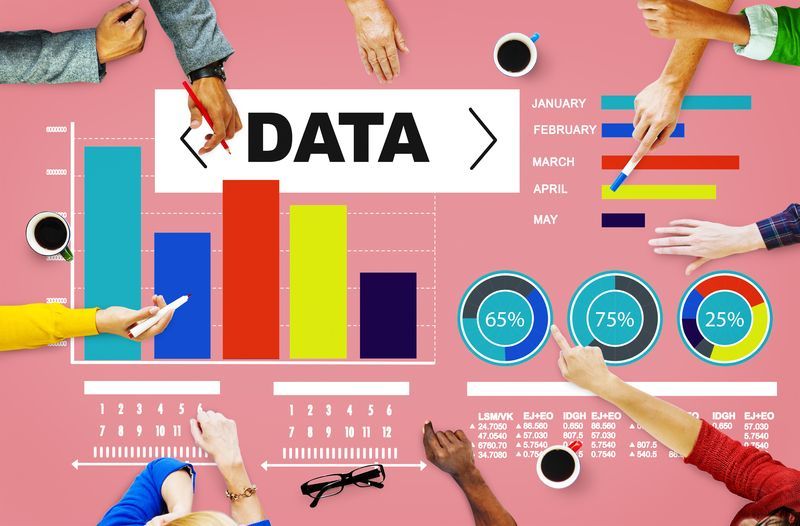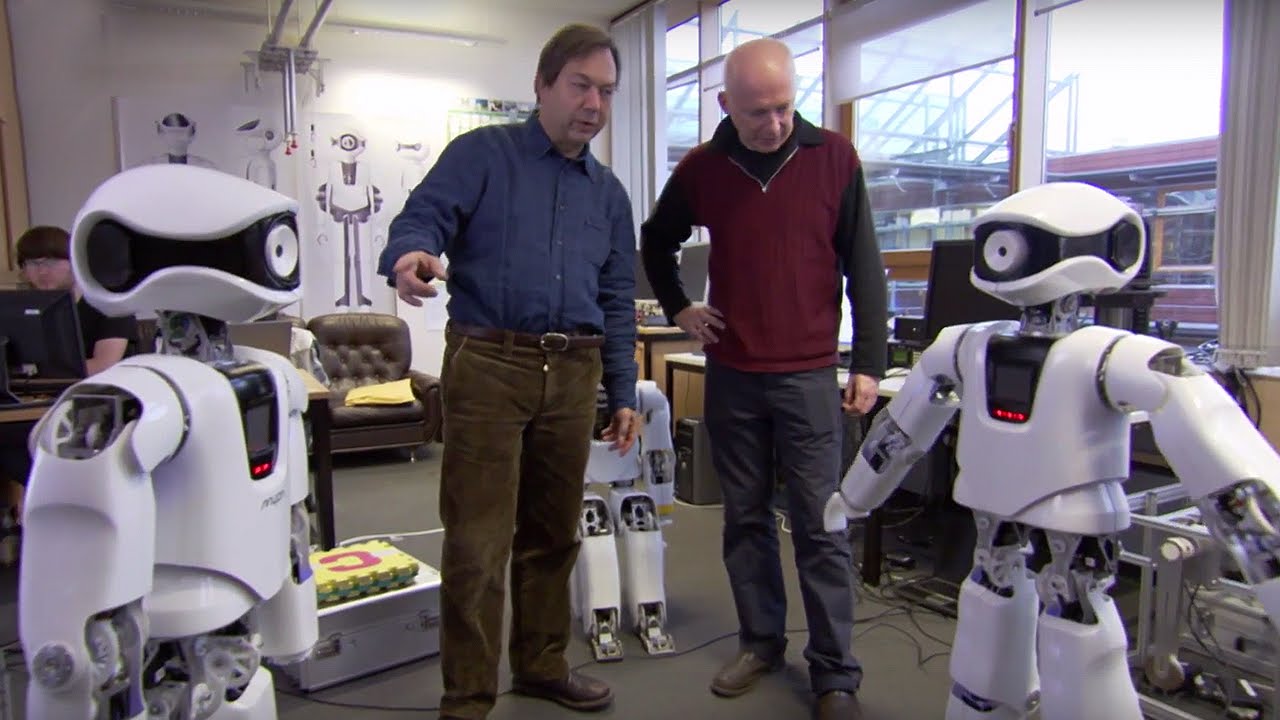Mar 17, 2017
Ground Demonstration of Plant Cultivation Technologies and Operation in Space
Posted by Klaus Baldauf in categories: food, space travel
A critical component of future, human exploration to worlds unknown, will be the supply of edible food for crewmembers. To develop innovations in cultivating food in closed-loop systems becomes integral to future missions.
The goal of the EDEN ISS project is to advance controlled environment agriculture technologies beyond the state-of-the-art. It focuses on ground demonstration of plant cultivation technologies and their application in space. EDEN ISS develops safe food production for on-board the International Space Station (ISS) and for future human space exploration vehicles and planetary outposts.


















